Syrian Delicacies You Won’t Find Anywhere Else
The Syrian kitchen is a treasure trove of flavors, with each region adding its unique touch to traditional delicacies. In Damascus, we have our own special recipes with names and ingredients that might surprise you. Here are some Syrian delicacies you’ll definitely crave:
Basha w Aasakro (Pasha and His Soldiers:)

This dish dates back to the Ottoman era and was considered luxurious, often served to high-ranking officials like the pashas. Chefs prepare it with cooked yogurt, kibbeh (the pasha), and small dumplings called shish barak (the soldiers).
Al-Harraq B Isba’o:
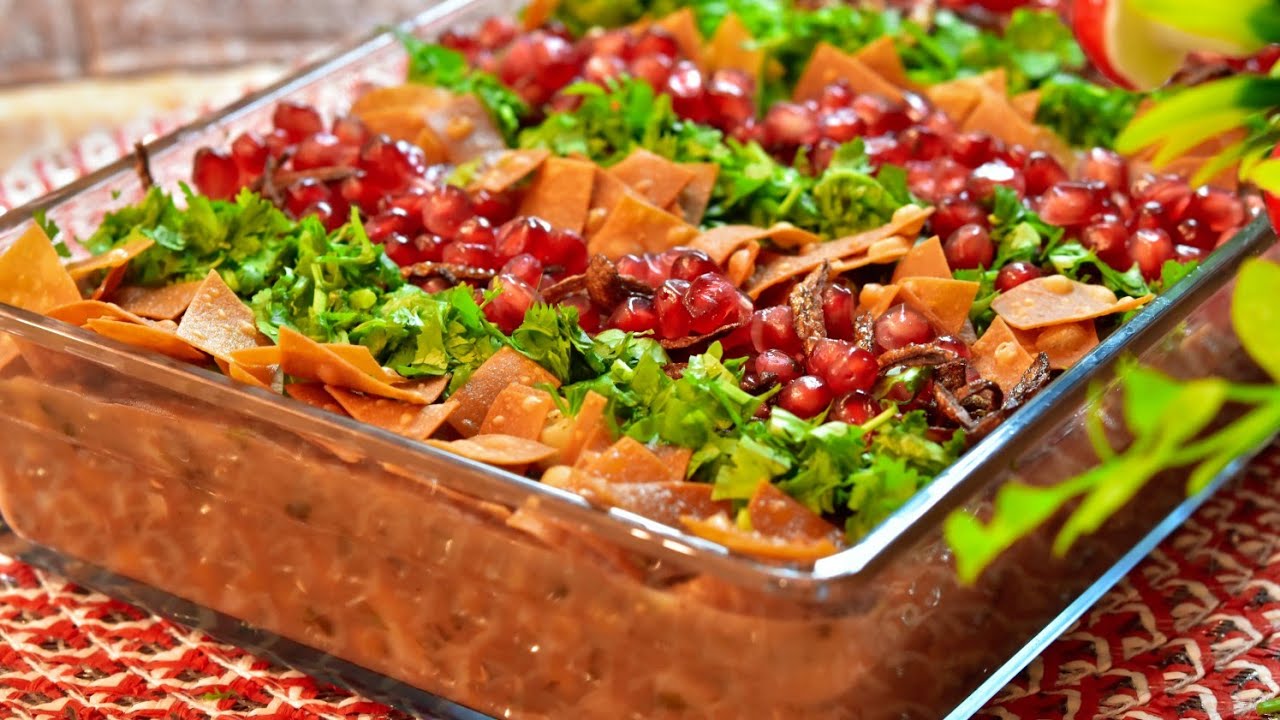
A popular dish throughout Syria, especially in Damascus, Harrak Osbao features a hearty mix of lentils, dough or pasta, onions, pomegranate molasses, olive oil, and sometimes zucchini. To prepare it, women from Damascus neighborhoods gather together, sharing the long and exhausting cooking stages. They top it with fried coriander, garlic, crispy bread, fried onions, and pomegranate seeds. It’s a type of appetizer, not a main dish.
Kawaj:

This is the dish every Syrian mom makes when she needs to clear out the fridge. It’s a mix of bell peppers, onions, tomatoes, eggplants, zucchini, and potatoes, all cooked with meat and served with rice.
Sitti Zbeki:
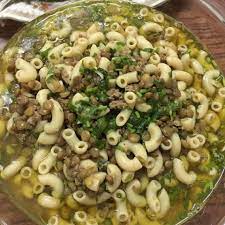
The main ingredients of this dish are lentils and meat, making it rich in nutrients. It’s a wholesome and hearty meal that’s a staple in Syrian households.
Tabakh Roho:
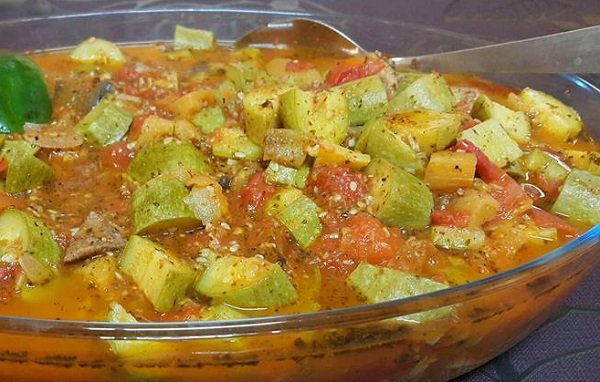
This dish, made of zucchini, eggplant, tomatoes, meat, garlic, and spices, is served with rice or bread. The name comes from a folk tale about a king and queen who named the dish after their daughter, Roho. Despite being a picky eater, Rohu was convinced by a local cook to try this simple dish, and she ended up loving it. Thus, it was named “Tabkah Roho” in her honor.
Sej’at:
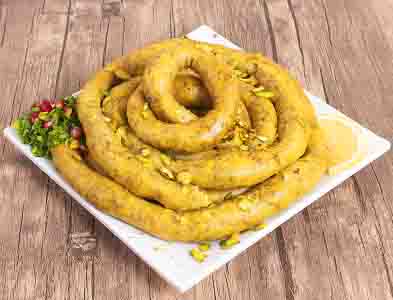
We don’t leave anything of the sheep that we don’t eat. This is the first comment anyone hears about eating Sej’at. Sej’at is a beloved dish made from sheep intestines stuffed with minced meat and rice. It’s considered a special meal, often prepared for occasions, especially during Eid al-Adha. They are considered one of the most difficult dishes because cleaning the intestines and getting rid of the smell requires a whole day.
Basmashkat:
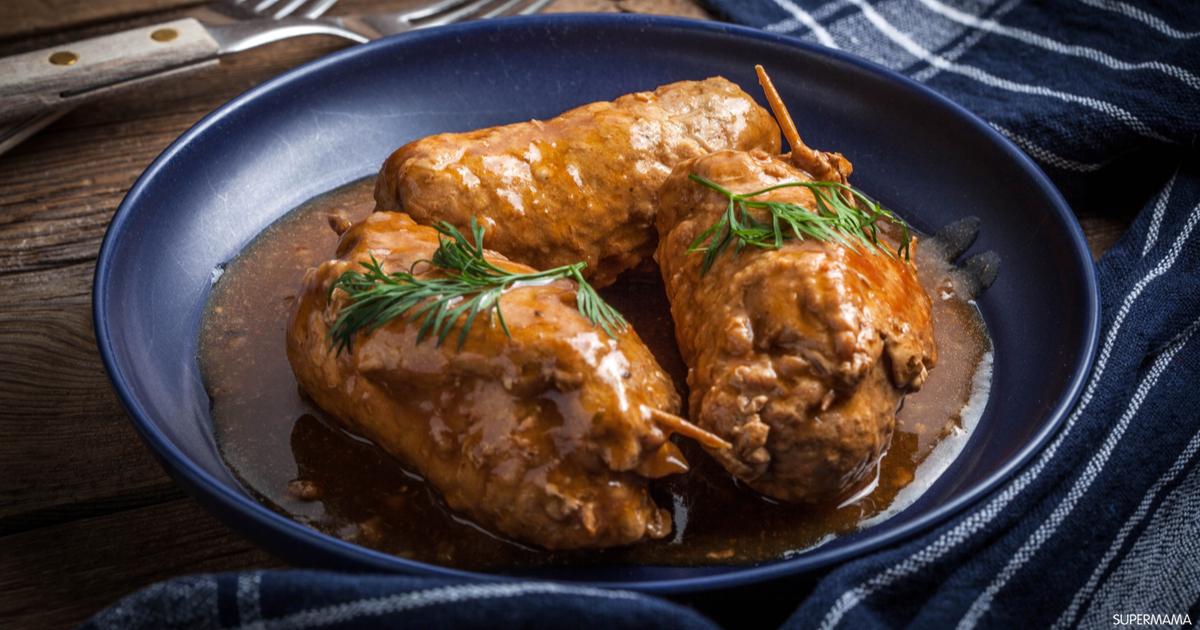
This dish consists of thin slices of meat stuffed with rice, meat, and nuts, sewn shut and boiled. It requires skill and patience to prepare, as the stuffing must stay inside the meat.
Yalangi:
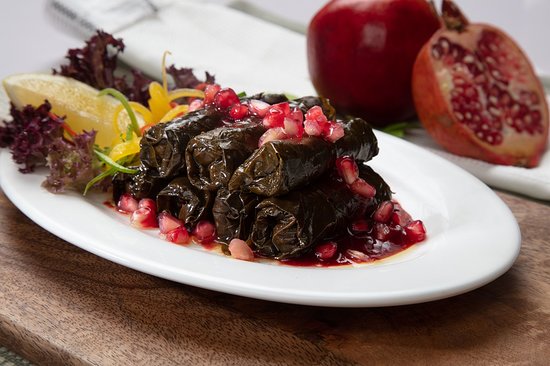
Yalangi, meaning “fake grape leaves” in Turkish, is a vegetarian version of stuffed grape leaves. It has a filling of rice and vegetables and cooked with pomegranate molasses and lemon juice. The Damascus twist? A spoonful of coffee in the seasoning that gives it a unique flavor. Though it’s time-consuming to make, it makes a great appetizer.
Jaz Maz:
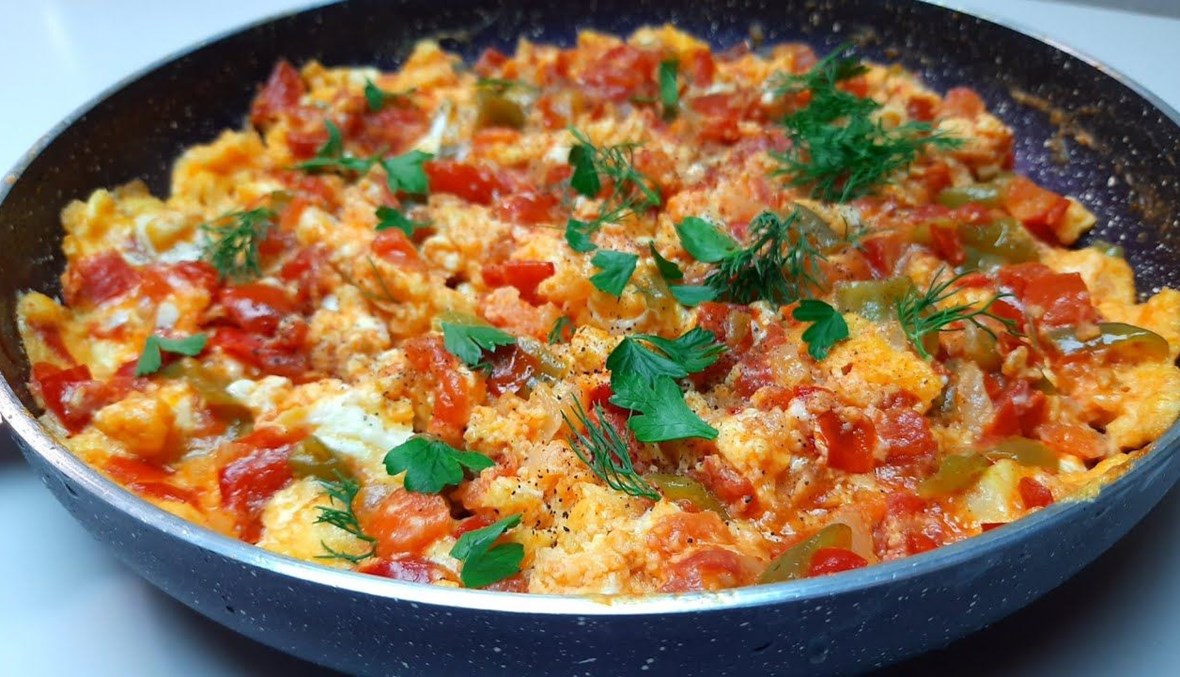
This dish, often served with bread and onions, can be a side dish or a main meal. The name comes from a Turkish term that was Arabized over time, especially in coastal areas of Syria.
Balouza:
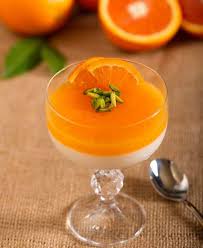
A cold dessert made from milk, starch, and sugar, flavored with orange blossom water, and topped with a layer of orange and starch. It’s a festive treat, often garnished with nuts, and served during celebrations like the Islamic New Year and the Prophet’s birthday.
Zalabya:
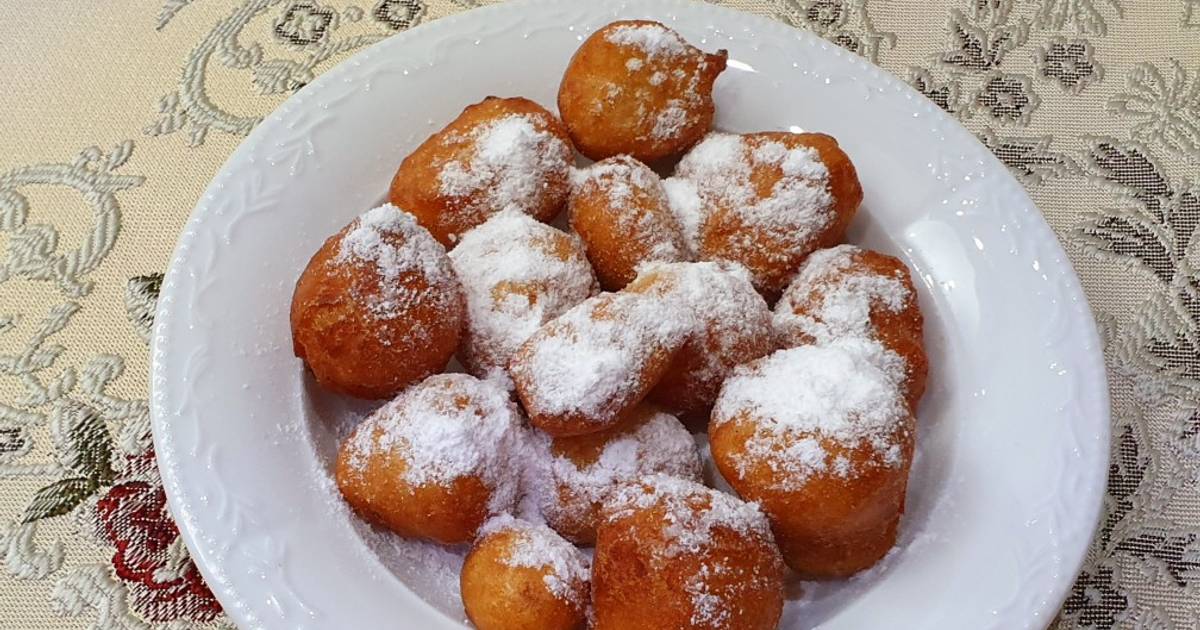
Zalabya is a fried dough dessert covered in syrup or sugar, popular in the Bab Touma area and traditionally served during Epiphany.
Barazek:
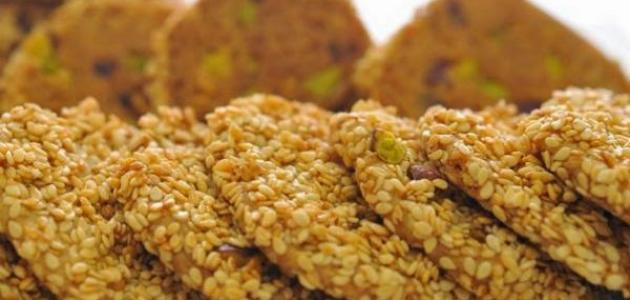
Barazek is a sesame and pistachio-studded cookie, traditionally large in size but now often made smaller for serving during holidays with a cup of coffee.
Kishk al-Oumara:
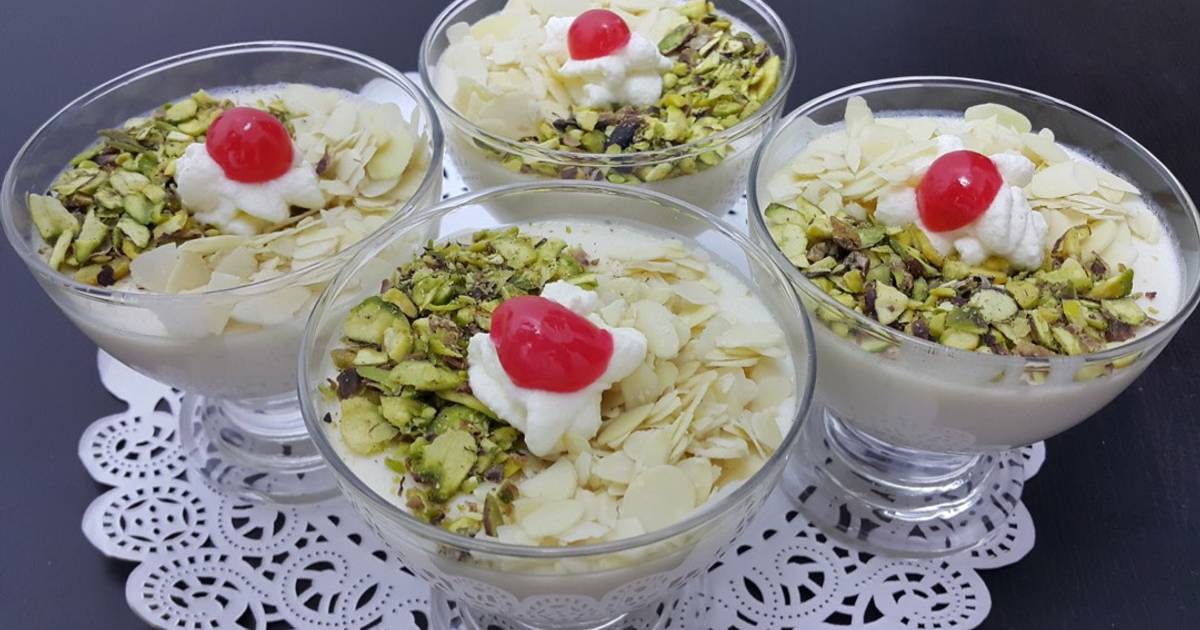
Also called “Kishk el Fou’ara” (Kishk of the Poor), this traditional dessert combines milk, starch, and orange blossom water, then cools before chefs garnish it with pistachios. It’s a beloved treat, especially during weddings and celebrations.
Kol W Shkor (Eat and Thank):
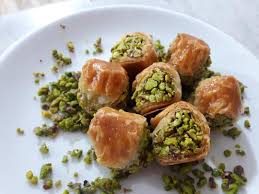
This fried, syrup-soaked pastry has nuts like walnuts or pistachios. It’s a festive sweet, often enjoyed during Eid and Ramadan.
Tamari Kaak:
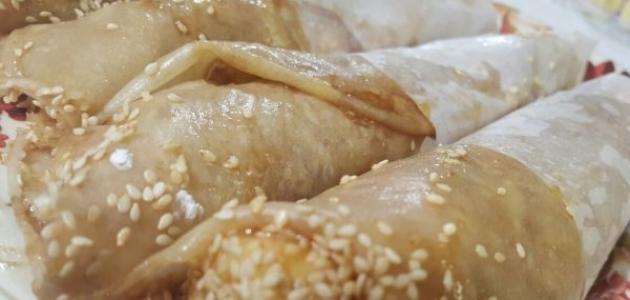
This popular street food, also known as Syrian crepes, consists of two layers of dough filled with date molasses, tahini, sesame, and sometimes banana and powdered sugar. It’s an affordable treat, commonly found on carts in areas like Shaalan and al-Hariqa.
Licorice Drink:
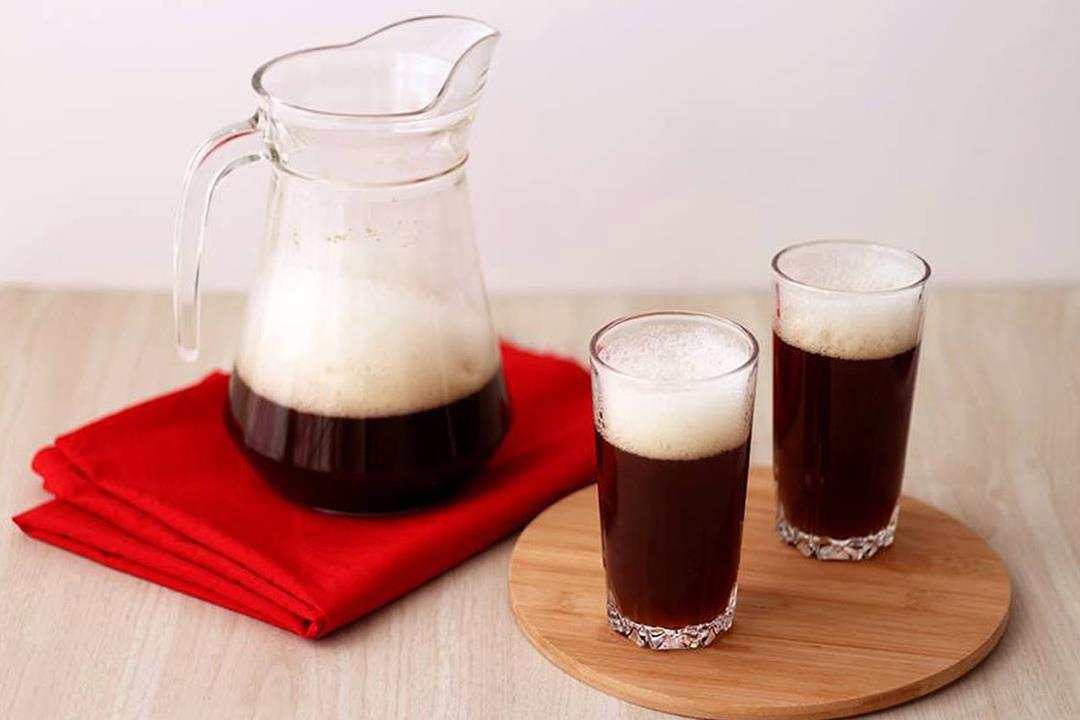
Licorice drink is a traditional Syrian delicacy, from the roots of the licorice plant. It’s cold and refreshing, especially in the summer, though not everyone loves its taste. Yet, it’s always present on the table during Ramadan.